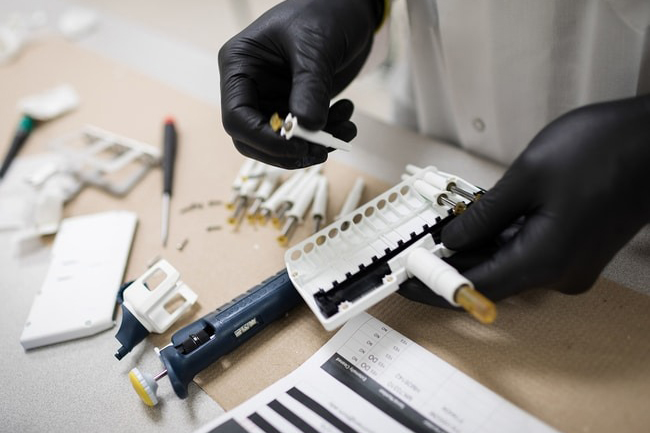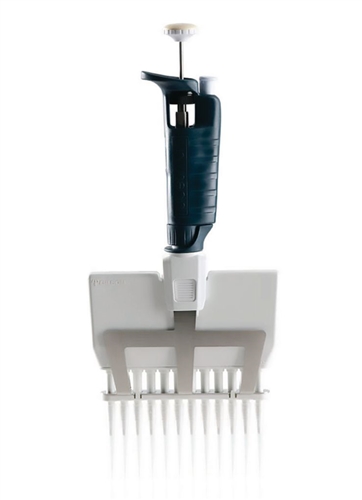
In the world of laboratory science, pipetting stands as a cornerstone skill, pivotal for executing experiments with the utmost precision and accuracy. This detailed guide ventures deep into the nuances of pipetting, offering a treasure trove of techniques and insights designed to refine and enhance your pipetting skills.
Understanding the World of PipettesPipettes, the unsung heroes of the lab, come in a diverse array of forms, each tailored to meet specific experimental needs. From the manually operated variants revered for their versatility and cost-effectiveness, to the technologically advanced electronic pipettes that promise unprecedented precision with their programmable features—understanding the spectrum of available pipettes is the first step in mastering pipetting.
The Diverse Types of Pipettes- Manual Pipettes: These require hands-on adjustment and are celebrated for their adaptability and economical price point. Ideal for a broad range of applications, manual pipettes are a staple in any lab.
- Electronic Pipettes: With their programmable settings and ergonomic design, electronic pipettes minimize manual effort and enhance reproducibility, especially for repetitive pipetting tasks.
- Single-channel Pipettes: Tailored for transferring single samples with precision, single-channel pipettes are the quintessence of accuracy.
- Multi-channel Pipettes: Designed for efficiency, these pipettes can handle multiple samples simultaneously, revolutionizing tasks such as plate filling and mass sample processing.
Choosing the correct pipette and tip combination is not just a matter of preference but a critical factor for ensuring experimental accuracy. Pipettes are calibrated for specific volume ranges, and operating within these parameters guarantees optimal performance. Moreover, regular calibration is indispensable, as pipettes are prone to accuracy drift due to mechanical wear and environmental influences.
Mastering Proper Pipetting Technique- Tip Attachment: The journey to precise pipetting begins with properly attaching the tip. Gently pressing and slightly twisting the pipette into the tip creates a secure seal, crucial for accurate volume measurements.
- Volume Adjustment: For those wielding manual pipettes, setting the desired volume is done via a dial. It's vital to stay within the pipette’s designated range to prevent potential damage.
- Pre-wetting the Tip: Conditioning the tip by aspirating and dispensing the liquid several times adjusts the tip's interior to the liquid’s characteristics, enhancing accuracy.
- Aspiration: A vertical hold and a gentle immersion of the tip ensure a bubble-free aspiration when the plunger is released slowly to its first stop.
- Dispensing: For a flawless transfer, the tip is softly touched to the vessel's side, with the plunger smoothly depressed first to its initial stop, then fully to ensure complete liquid transfer.
- Releasing the Tip: The final act of pipetting elegance involves ejecting the tip into a waste receptacle via the ejector button, meticulously avoiding contact to prevent contamination.
Sustaining your pipette's performance demands regular maintenance. A clean exterior, courtesy of ethanol, alongside vigilant inspections of the tip ejector and seals for signs of wear, ensures your pipette remains in top condition. Encountering volume inconsistencies signals the need for recalibration or potentially more extensive repairs.
Conclusion: The Journey to Pipetting MasteryThe path to mastering pipetting techniques is one of diligence, practice, and a deep understanding of your tools. By meticulously selecting the appropriate pipette, honing your technique, and committing to regular maintenance, you can secure precise and reliable outcomes in your scientific explorations. Pipetting is more than a laboratory task; it is an art form that, when perfected, opens the door to unparalleled experimental accuracy and reproducibility. Embrace the journey, and let every step forward in your pipetting proficiency pave the way to groundbreaking discoveries.






